Brace Yourself For A Kitten Tsunami
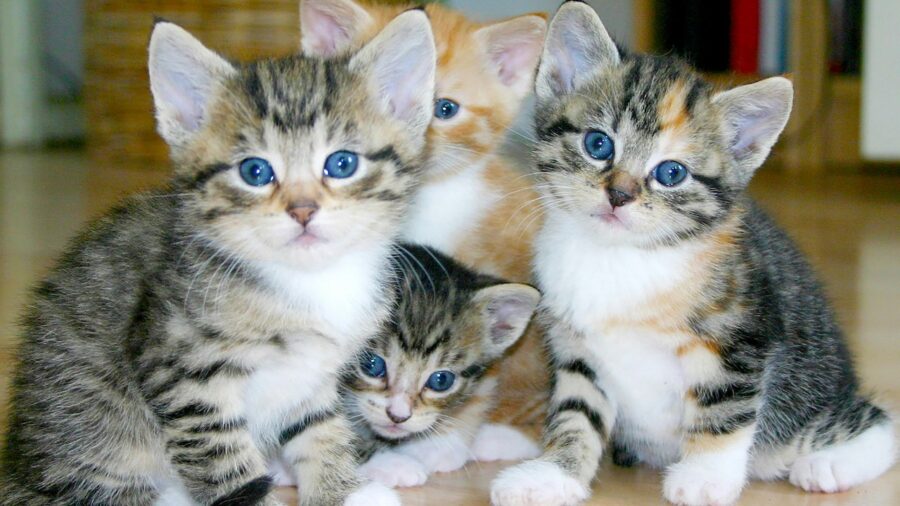
Though it may sound like the cutest natural disaster that might strike, the kitten tsunami is actually a problem for animal shelters and veterinarians and a good indicator of other problems we as a society are currently dealing with. Yet, as per the Humane Society of America’s warning, bracing yourself for a kitten tsunami may be the best policy.
Kitten Season Lasting Longer
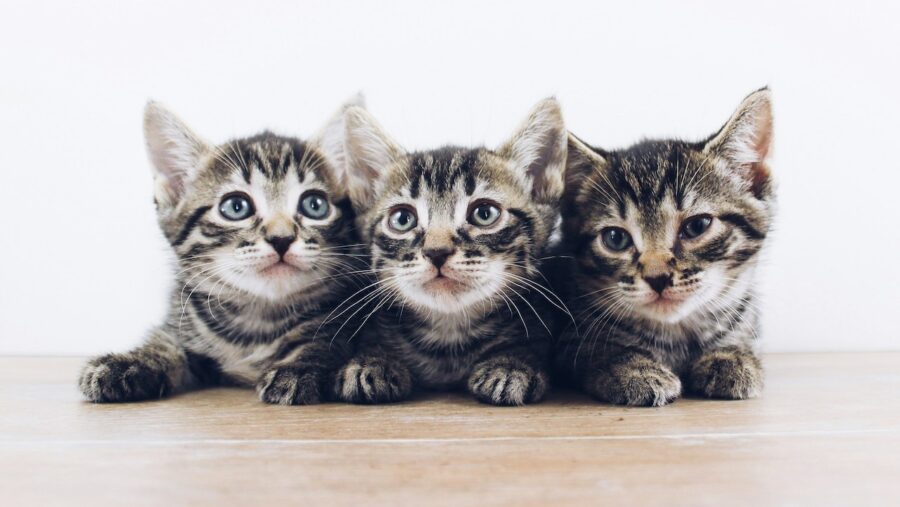
For over a decade now, animal shelters across the nation have noted that the so-called “kitten season”—a period between late spring and mid-fall—is starting earlier and lasting longer.
Some experts believe that this is the result of generally warmer weather throughout the year caused by the effects of climate change, with spring starting earlier and winters getting milder.
This prolongs the kitten season and could be the main culprit for the uptick in feline birth rates, which introduce their own set of challenges.
Cats Interacting With Other Cats
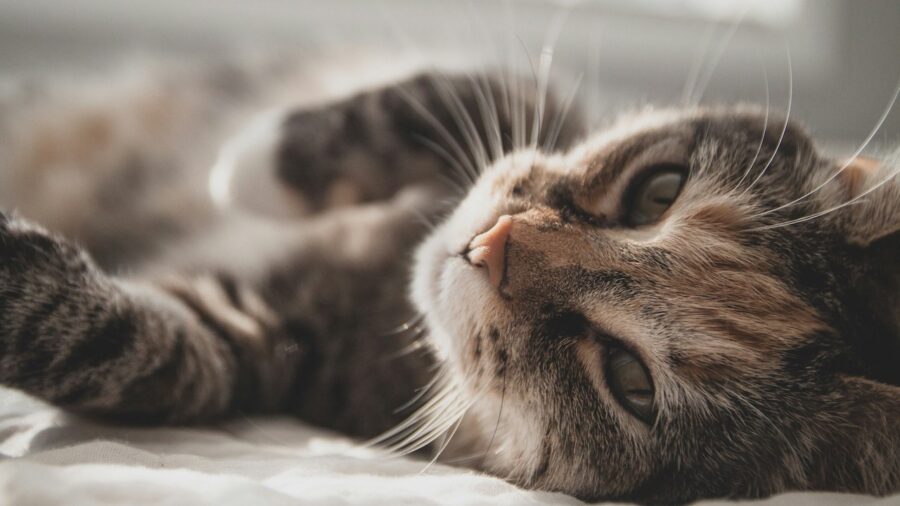
Cats are roamers, and domestic cats—provided that they’re let outside—often have ranges that extend ¼ square miles and can be found up to 1,500 feet from where they live.
This means that they often interact with other cats on their daily walk, and we all know how a good portion of those interactions end—a typical teen comedy sums it up really nicely; the boys will exchange a few blows, and one of the girls is coming home pregnant.
However, considering that the kitten season has started earlier than usual in the past couple of years, the cats have been presenting us with more kittens than usual.
Owners Not Spaying Or Neutering
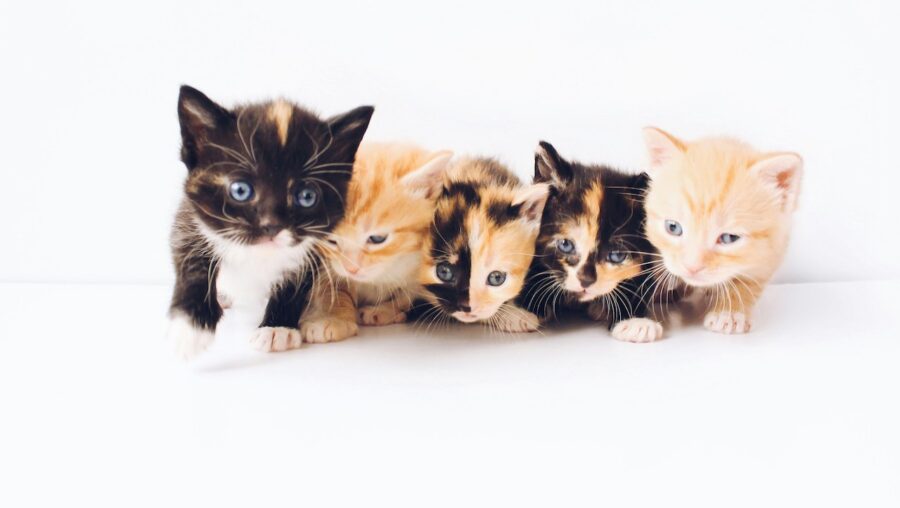
This poses a problem for everyone: most owners typically don’t spay or neuter their outdoor cat, which results in the influx of kittens in animal shelters, and with the kitten season coming earlier and lasting longer, the number of newcomers is getting higher each year.
This is financially draining for the animal shelter, many of which actually accept donations, and emotionally draining for people working there—because how can anyone not get attached to all those cute kittens?
Shelters And Volunteers
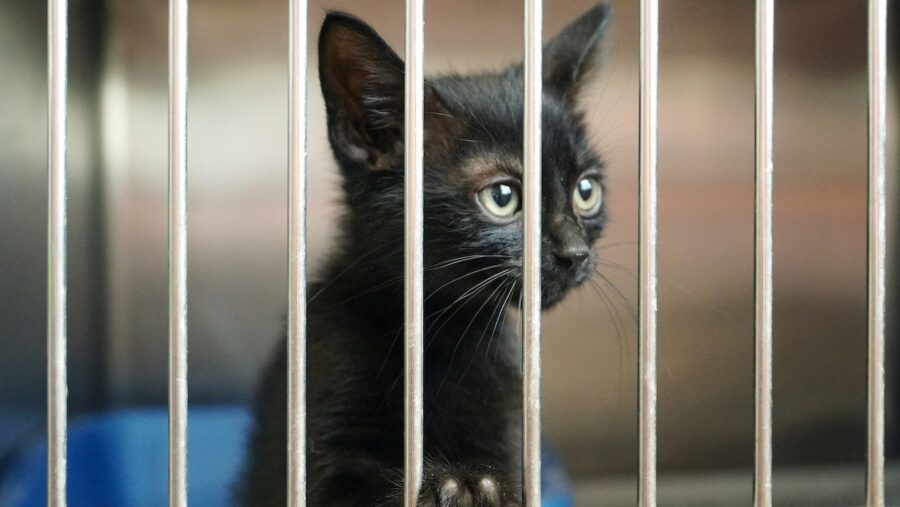
Many shelters actually work with volunteering families that take kittens in as foster parents until they’re ready to go out to their adoptive parents. It’s really not uncommon for foster parents to get involved further and help find adoptive parents over social media or through other channels. Kittens often get adopted, but those who don’t are usually returned to the humane society once they reach a certain weight.
Owners Must Take Responsibility
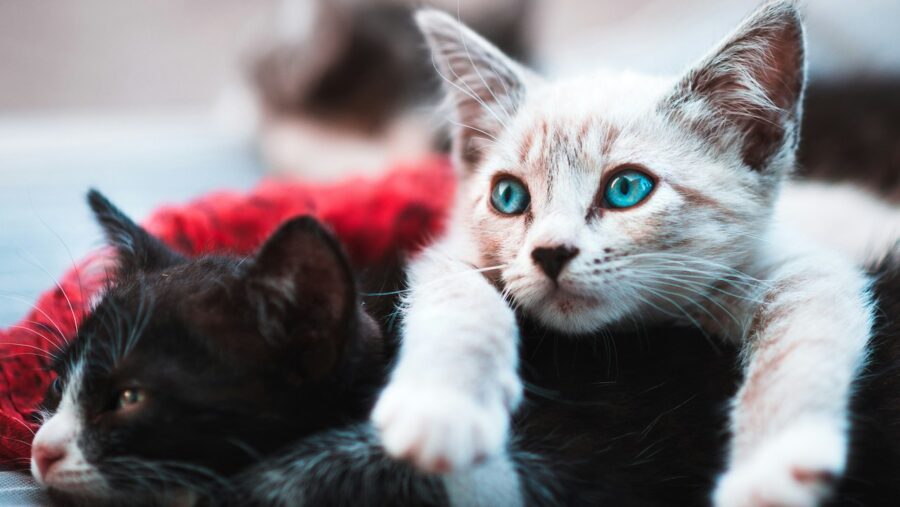
When that happens, the kittens are usually sprayed/neutered, vaccinated, and microchipped. After recovery, they’re usually returned to the adoption floor and are waiting to be adopted.
This warning about the kitten tsunami also underscores the importance of people taking responsibility for their surroundings, including their pets, who might come back with a whole litter of kittens.
Most people can’t take care of that many pets, so the kittens usually end up in humane societies and foster families waiting to be adopted.
Some Never Adopted
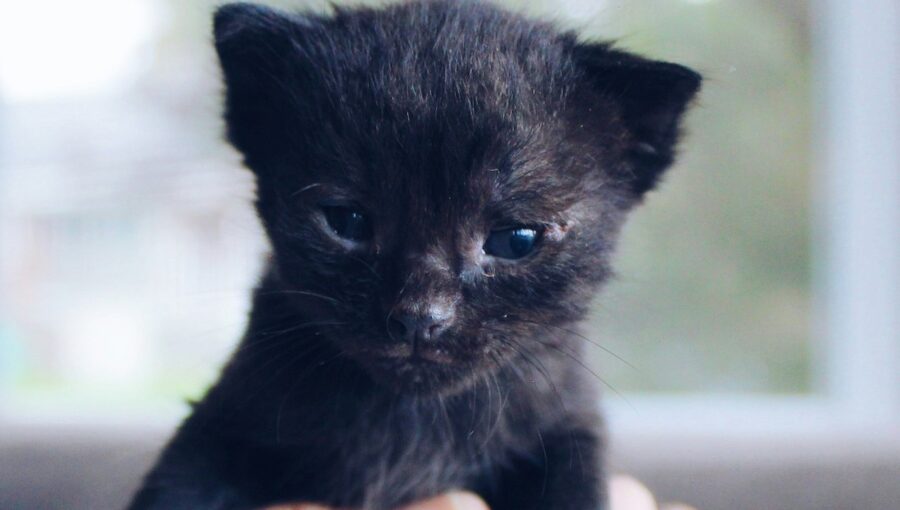
If you think that there’s no harm done in taking a litter to a shelter each year, please keep in mind that some kittens never get adopted.
If they’re in no-kill shelters, they simply live the rest of their lives there. But if they’re in a different type of shelter, the older they get, the chances of adoption get lower, while the chances of euthanasia get higher. At the risk of sounding patronizing, they’re our responsibility.
Source: Wired












